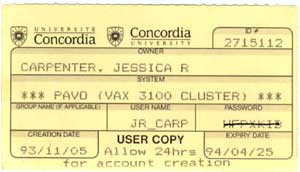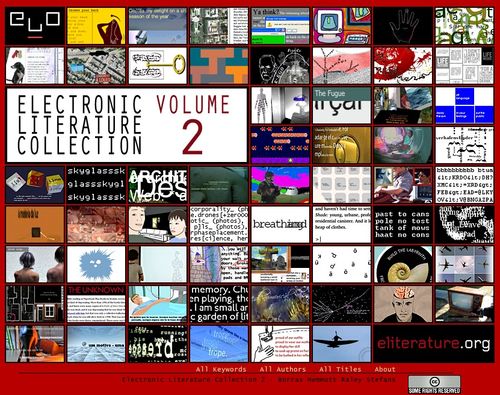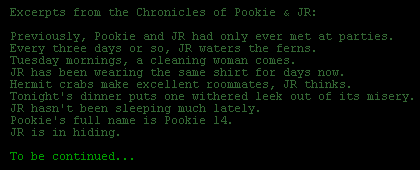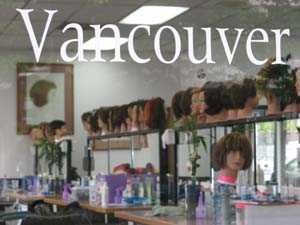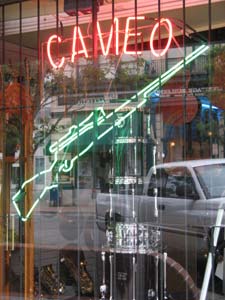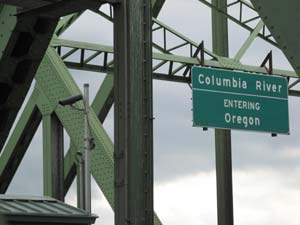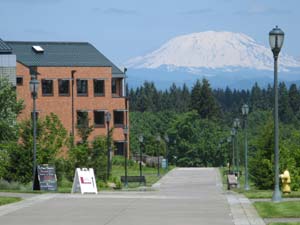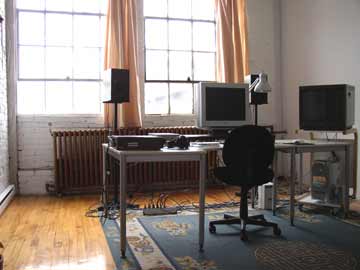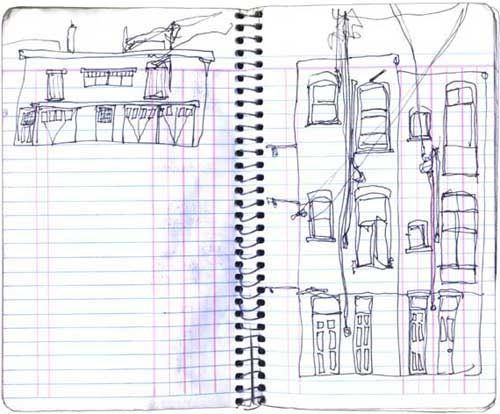One of my favourite books of all time is The Phantom Tollbooth by Norton Juster, illustrated by Jules Feiffer. I named one of my favourite cats off all time after the main character, Milo, who didn’t know what to do with himself – not just sometimes, but always. “Wherever he was he wished he were somewhere else, and when he got there he wondered why he’d bothered.” One day Milo comes home from school and finds an enormous package in his room containing the following items: One genuine turnpike tollbooth; three precautionary signs; assorted coins for use in paying tolls; one map, up to date and carefully drawn my master cartographers, depicting natural and man-made features; and one book of rules and traffic regulations, which many not be bent of broken. Having lots of time on his hands and nowhere better to be, Milo assembles the tollbooth, hops in a small electric automobile he just happened to have kicking around in his room, drives through the tollbooth and proceeds to have many clever and pun-filled adventures. He befriends a watchdog named Tock (tic-tock, tic-tock). Together they travel through Dictionopolis to Digitopolis and (I hope I’m not giving too much away) rescue Rhyme and Reason from the Mountains of Ignorance. No one told him it was impossible to do this until after he’d done it!
As a kid in rural Nova Scotia I pretty much always wished I were somewhere else. At school I wished I were home and at home I wished I were outside. Outside there was nothing to do. All school year I waited for summer. Every summer I went to New York City to visit family. New York was a filthy, hot and crime-ridden – and my family lived there! – so and almost as soon as I got there I couldn’t wait to leave.
One of the three precautionary signs that came with the Phantom Tollbooth advised: HAVE YOUR DESTINATION IN MIND. Milo consulted the map, also provided:
It was a beautiful map, in many colors, showing principal roads, rivers and sear, towns and cities, mountains and valleys, intersections and detours, and sites of outstanding interest beautiful and historic.
The only trouble was that Milo had never heard of any of the places it indicated, and even the names sounded most peculiar.
“I don’t thing there really is such a country,” he concluded after studying it carefully. “Well, it doesn’t matter anyway.” And he closed his eyes and poked a finger at the map.
When I was twelve years old decided to move to Montreal. I procured a map of the city and thumbtacked it above my bed. I left home the minute after high school. If you would have told me back then that I’d spend the next fifteen years in Montreal writing about rural Nova Scotia I would have said: Shoot me now! But that’s what happened. Check out this early electronic literature project, circa 1997 – the interface is a map of Nova Scotia: The Mythologies of Landforms and Little Girls
In 2006 I was commissioned by the OBORO New Media Lab to create a web project for the 50th anniversary of the Conseil des Arts de Montreal. The resulting work, Entre Ville, was my first big piece about Montreal. Finally! I had figured out how to write about where I actually live. So what did I do? I took Entre Ville on the road. I’ve become habituated to talking about where I live to people who live elsewhere – a side-effect, I suspect, of growing up in a different country than everyone I’m related too.
A year to the day after Entre Ville launched at the Musée des beaux-arts I presented it at a Media in Transition conference at MIT. There I met Jon Saklofske – an English professor at Acadia University. Acadia is in Wolfville, Nova Scotia – one of my old hometowns. I went to Wolfville Elementary School for grades four and five. Jon professed to be a fan of Entre Ville so I immediately started pestering him to wrangle me an invite to do an artist’s talk at Acadia. How perverse. After years of writing about Nova Scotia in Montreal I now all of a sudden I wanted to show my Montreal work in Nova Scotia? How very Milo, always wishing I were somewhere else.
The first thing Milo has to do when he drives through the Phantom Tollbooth is to get Beyond Expectations. Not to conflate my mission to get a free plane ticket out of an academic institution with Milo’s mission to rescue Rhyme and Reason from the Mountain of Ignorance, but a) I’m glad nobody told Jon or me that it was an impossible mission before we embarked on it, and b) I haven’t even got there yet and I’m already grateful to so many people met along the way. There were a few setbacks in the beginning and for a while there my expectations were running low. It was summer, for one thing. So no one was around for Jon to pester on his end. When the school year finally started up again the Acadia faculty went on strike, putting all plans on hold. Happily the strike ended happily. Things started to move more quickly after that. By mid-fall the travel funding was approved and a date was set so I started making inquiries about lining up other talks at other universities. These were immediately met with an outpouring of enthusiasm, generosity, support and offers of couches to sleep on. Thanks to Jon for starting the ball rolling. Get one good thing going and other good things will flock to it. Thanks Andrea Cooper for putting me in touch with Peter Dykhuis at the Dalhousie Art Gallery, Jessica Andrews for putting me back in touch with Trevor and Michele, Trevor for reminding me that Randy Knott taught at NSCAD, Randy for putting me in touch with David Clark at NSCAD and Michael-Andreas for enrolling in that lithography workshop at NSCAD way back when – I can’t wait to see you again old friend.
There is a very funny bit about two-thirds of the way through The Phantom Tollbooth with Milo, Tock and their friend the Humbug (yes, he’s a bug who hums). They’re driving along intent on their mission:
The shore line was peaceful and flat, and the calm sea bumped it playfully along the sandy beach. In the distance a beautiful island covered with palm trees and flowers beckoned invitingly from the sparkling water.
“Nothing can possibly go wrong now,” cried the Humbug happily, and as soon as he’d said it he leaped from the car, as if stuck by a pin, and sailed all the way to the little island.
“And we’ll have plenty of time,” answered Tock, who hadn’t noticed that the bug was missing – and he, too, suddenly leaped into the air and disappeared.
“It certainly couldn’t be a nicer day,” agreed Milo, who was too busy looking at the road to see that the others had gone. And in a split second he was gone also.
The beautiful island beckoningly invitingly was called Conclusions and Milo, Tock and the Humbug had all jumped to it.
I’m not sure what I was thinking when I first started pestering Jon. I haven’t been to Nova Scotia in eight years and I can’t remember the last time I was in Wolfville. When I presented Entre Ville at MIT I started with a map of Montreal and said: I live here. Did I think I was going to swoop down from Montreal and pull off a stunt like that in my old hometown? Fortunately Andrea Schwenke Wyile at Acadia saved me, though perhaps unwittingly, from jumping to Conclusions. She came up with the title for the talk I’ll give there: Mapping a Web of Words. I’ve used maps in many of my electronic literature projects – as images, interfaces and metaphors for long-ago places and pasts that could never be mine. Andrea’s title started me thinking about maps in more practical terms. Digging though my files I found photographic evidence of the large map of Montreal that hung on the cluttered walls of my bedroom throughout junior and senior high. No wonder I wound up in Montreal. For years I’ve had a Geology Map of Nova Scotia hanging on the cluttered wall of my Montreal office. No wonder I keep writing about Nova Scotia. The title, Mapping A Web of Words, underlined this mirror map inversion. The contrariness of it all reminded me immediately of The Phantom Tollbooth so I went to find the book on the shelf. Opening it for again for the first time in a few years I was confounded by the map inside the front cover. How could I have forgotten about this map?
The first time I read The Phantom Tollbooth I was nine years old. I was in the fourth grade at Wolfville Elementary School. I wrote a book report about it on single sheet of foolscap. It’s the only piece of schoolwork I still have from those years:
My book took place in an amaganary world witch you enter through the phantom tollbooth. Its realy like a world in a world.
On the back I drew a map of Milo’s route beyond Expectations, through the Doldrums, into Dictionopolis, past the Sea of Knowledge, onward to Digitopolis and upward into the Mountains of Ignorance to rescue Rhyme and Reason from the prison there. The map I drew in no way resembles the map in the front of the book.

HAVE YOUR DESTINATION IN MIND.
J. R. Carpenter: Mapping a Web of Words
Acadia University, KC Irving Auditorium (Wolfville, NS)
Wednesday, February 27, 2008 at 7pm
Dalhousie Art Gallery, (Halifax, NS)
Thursday, February 28, 2008 at 8pm
Noontime talk at NSCAD, (Halifax, NS)
Friday, February 29, 2008 at 12:15pm
. . . . .
